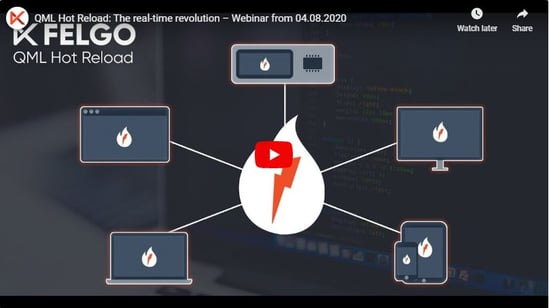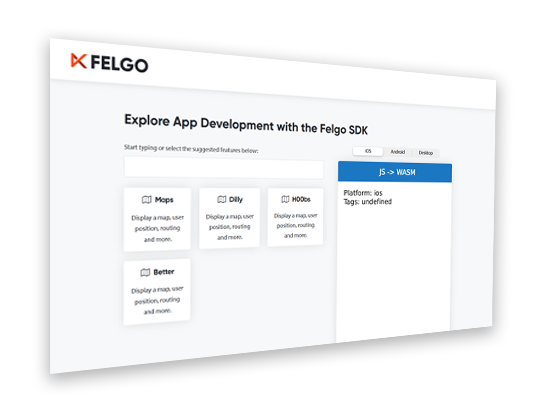A graphical user interface is an essential part of embedded applications, devices and systems. In this overview, you will learn everything you need to know about interactive GUI and enhanced embedded technology:
- What Is A Graphical User Interface (GUI)?
- Graphical User Interface Today
- What Is An Embedded System?
- Industries Using Embedded App Development
- Will Embedded Systems Conquer the World?
- Types of Embedded Systems
- Embedded Systems Components
- The Most Popular Embedded Hardware Targets
- Embedded Application Operating Systems
- Benefits & Challenges of Embedded Systems
- Embedded Software Development
- Languages for Embedded App Development
- Embedded Software Development Tools
- Underlying Frameworks (SDKs) for Embedded Applications
- Key Takeaway
What Is A Graphical User Interface (GUI)?
A graphical user interface (GUI) is a type of UI that enables users to interact with the application displayed on the screen . GUIs generally include elements like icons, buttons, navigation bars, menus, and other graphic components. A user can interact with those components using some kind of motion or pointer such as a mouse, finger, or a stylus.
Graphical User Interface Today
Application developers are facing constant challenges both from the business and user end. Users expect the application to be easy and intuitive to use with great performance and fluid animations. Meanwhile, from the business point of view, developers are expected to create marketable and cost-effective products within the shortest time possible. Applications are also expected to run on existing and future hardware while being easily maintainable, editable, and implementable.
To meet the high expectations of the users and stakeholders, cross-platform development tools are becoming essential for developing embedded applications.
What Is an Embedded System?
An embedded system is a computer hardware that is based on microprocessors with limited performance. As opposed to a classic desktop, such computers are used to run software designed to perform dedicated functionalities. Embedded systems are either standalone devices or parts of large systems.
Embedded devices have been a great part of our everyday life. In the future, the use of embedded applications will maintain its significance. They are also expected to further increase in demand as well as in the growth of importance with IoT.
Industries Using Embedded App Development
Transportation - Automotive Technology
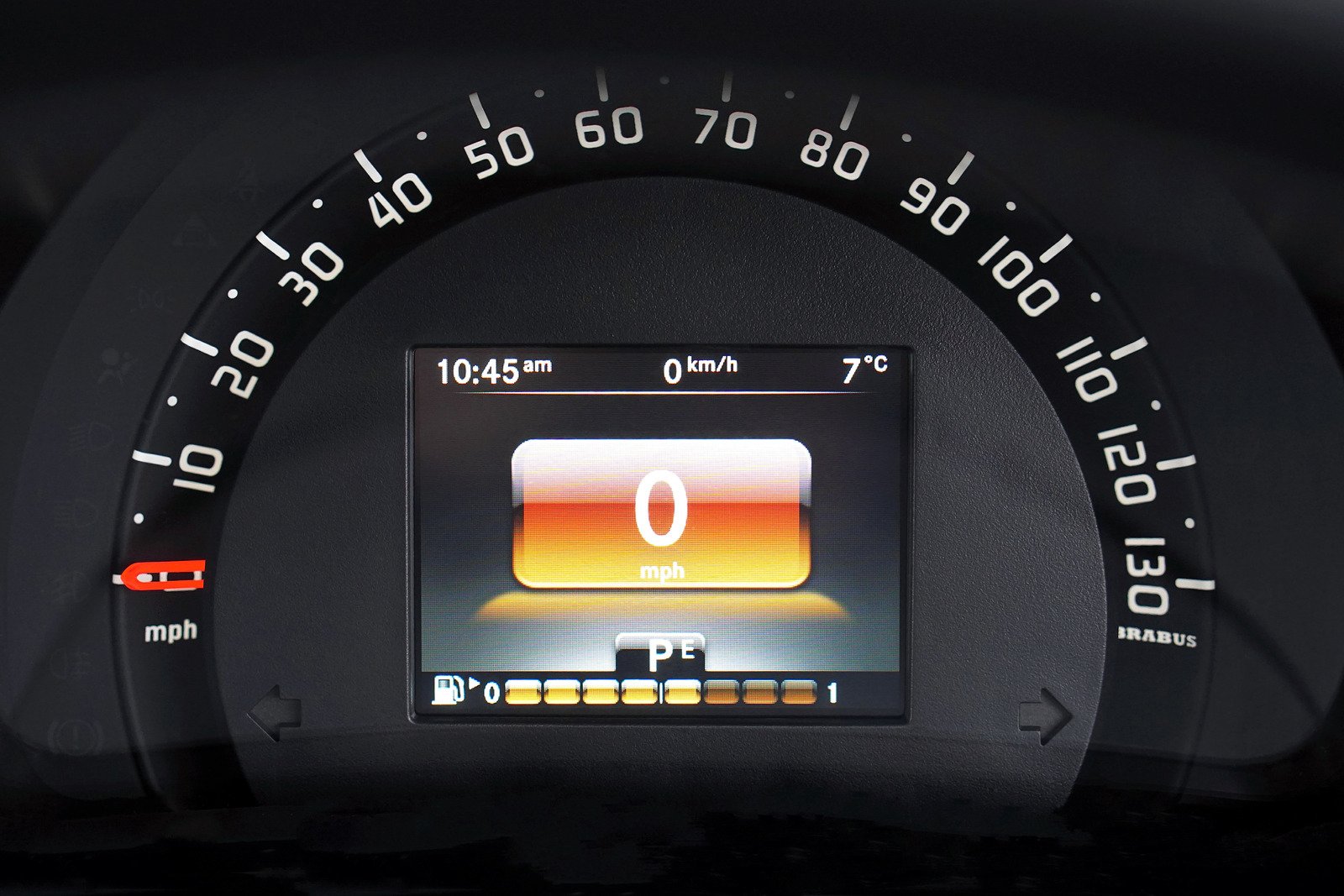
Transportation - incl. the automotive industry - is one of the largest users of embedded technology. So let’s dive deeper and see how the transportation/automotive sector uses embedded apps in their business. Let’s start with the built-in car cockpits.
The basic purpose of the built-in car cockpits is to delegate all the settings into a system integrated in-car dashboard. Nowadays, it’s standard to build this kind of embedded system along with a touchscreen to allow users to manipulate the car using this system.
Modern, built-in car cockpits can include a variety of functionalities and settings. One of these features is the navigation system. The basic purpose of the navigation system is to help the driver to get from point A to point B.
As the technology enhances, navigation systems are also becoming more sophisticated with voice assistance, traffic reports, OTA (over the air) updates, POI (point of interest) search and more. GPS navigation systems must also include features such as turn-by-turn directions, offline maps and planning routes. Apart from navigation, braking systems, cruise control, airbag system, dashboard control panels, or windshield wipers are other great examples of embedded technology.
Another central part of the cockpit is the whole infotainment system. It combines a wide range of applications for the sole purpose of enhancing your driving experience. Here is a short list of examples of what else you can do:
- Browse the internet and search for information.
- Access your phone contacts, make calls, write texts or even use mobile apps.
- Play songs from radio, internet music providers, or via Bluetooth from your phone.
- Watch movies and series or play games.
Embedded Systems in Healthcare & Medical Industry

Healthcare takes up a huge chunk of the embedded app development pie. Medical devices like MRI, CT, EKG/ECG are built upon the embedded technology. They are designed to perform a very specific task, within a set timeframe on a designated device. They are also programmed to operate with the least amount of human intervention. Embedded applications can support large machines as well as small tools like defibrillators or simple heart rate and blood pressure monitors.
Smart Home and Embedded Systems

The term Smart Home encapsulates a modern vision of remote control over home appliances, lighting, energy, security systems, and all other electronic devices in the household. It’s also getting more popular to put some intelligence and autonomy into such systems to simplify life even more. Basically, you can connect everything to Smart Home solutions.
The evolution of embedded technology highly affected household electronic devices. Here is a list of just a few of the affected items:
- smart televisions
- consoles
- printers
- digital cameras
- media players
- home entertainment systems
- refrigerators
- microwave ovens
- security cameras
- washing machines
Embedded Systems in the Retail Sector

Due to the high competition in the retail sector, sellers must continuously keep up with the technology. To stay in business and ensure high customer satisfaction and convenient shopping experiences, business owners are forced to digitize.
From a technology point of view, business owners can enhance their business in many ways. A commonly used approach is introducing embedded applications like point-of-sale (POS) systems.
With embedded POS terminals you can:
- collect customer feedback
- add and modify customer data
- create tailored promotional materials (e.g.: discounts)
- collect customer reviews
Embedded Systems in the Industrial Sector
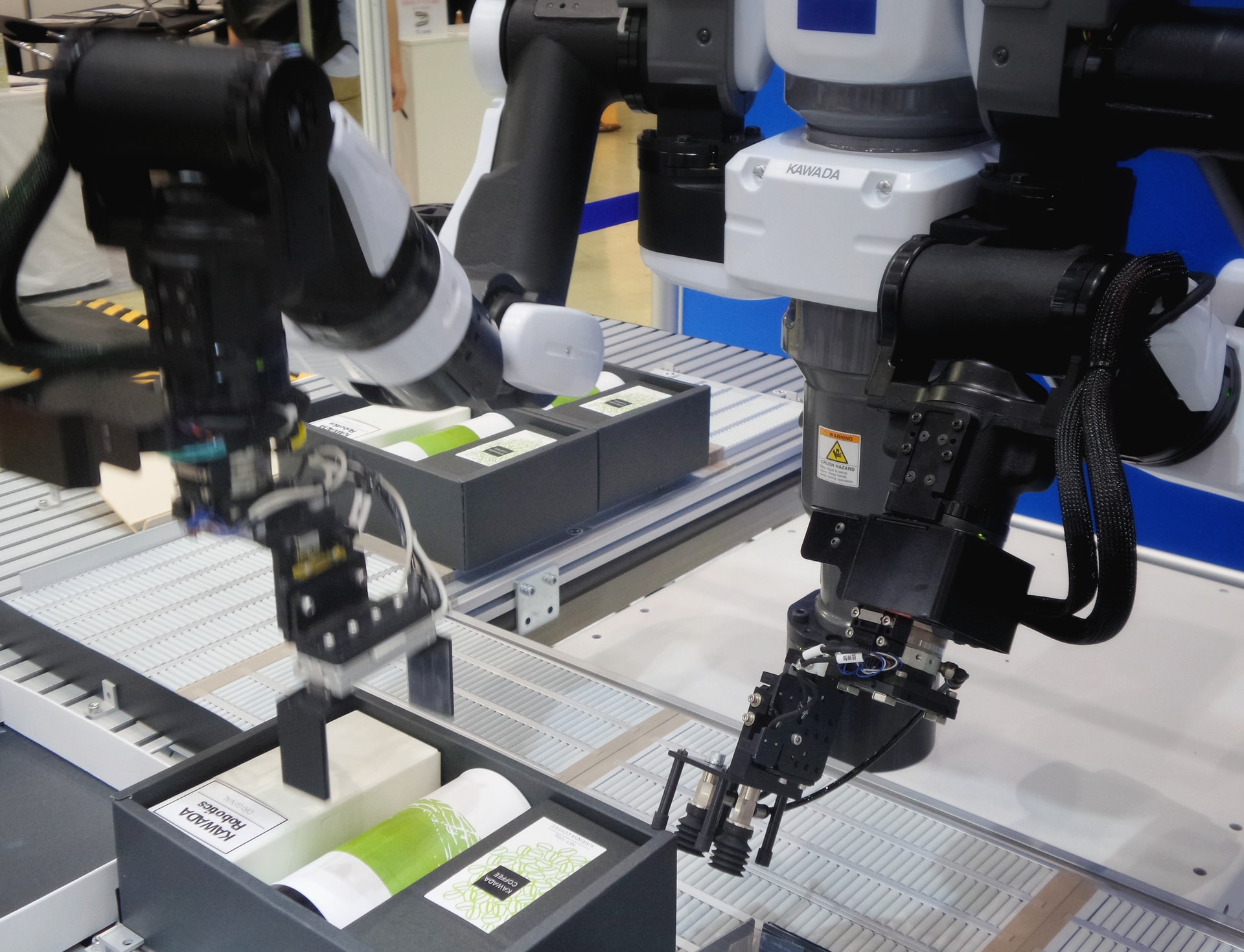
Industrial embedded systems operate in various types of machinery and fields within the manufacturing industry. You can find embedded applications anywhere from CNC machinery to aviation. In this trade, many embedded systems function as a controlling operating system for larger equipment. They are programmed to do various but very specific tasks.
Let’s take a factory as an example. Embedded systems control product assembly machines. Besides taking on controlling functionalities, embedded systems are also used for monitoring purposes. In a factory environment, embedded apps could monitor temperature, productivity, pressure, performance, or power.
Will Embedded Systems Conquer the World?
With the current trend and popular Internet of Things (IoT) transformation, it’s more than obvious that the number of embedded systems is increasing and it will not stop in the future. In just a few years, we will be surrounded by these small devices and our lives will change irrevocably. The number of connected devices by the end of this year is estimated to be between 20 and 30 billion.
You can use this chance to forge your ideas into an embedded device in order to build a business around it. Make sure to contact Felgo embedded specialists to assist you along the way to a successful project.
Types of Embedded Systems
Embedded systems can be differentiated based on functionality and microcontroller performance.
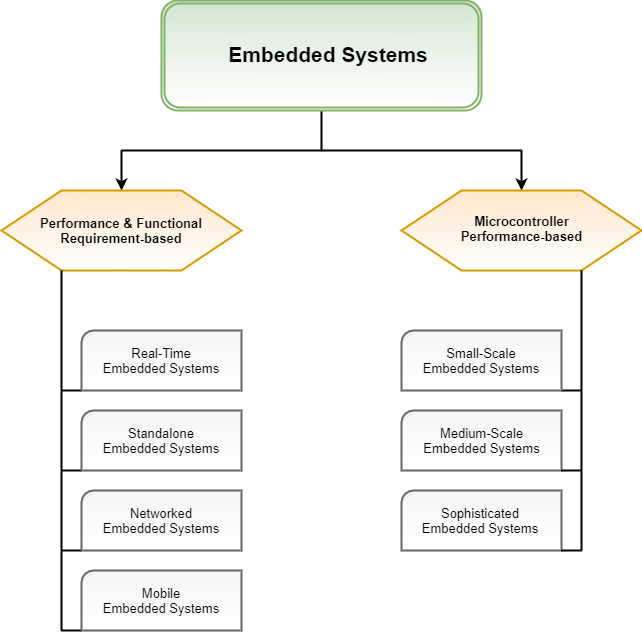
Performance and Functional Requirement-based Embedded Systems
Real-Time Embedded Systems

As the name also indicates, real-time embedded systems are built to do a specific task within a specific timeframe. They can be classified as either soft or hard time systems. As an example, the airbag system in cars was built with this kind of embedded technology.
Standalone Embedded Systems

In the case of standalone embedded systems, a host system is not required. The concept is that the system receives the input, which could be either digital or analog. It processes the information and provides the data through the linked device. For instance, an mp3 player is based on the standalone embedded system.
Networked Embedded Systems
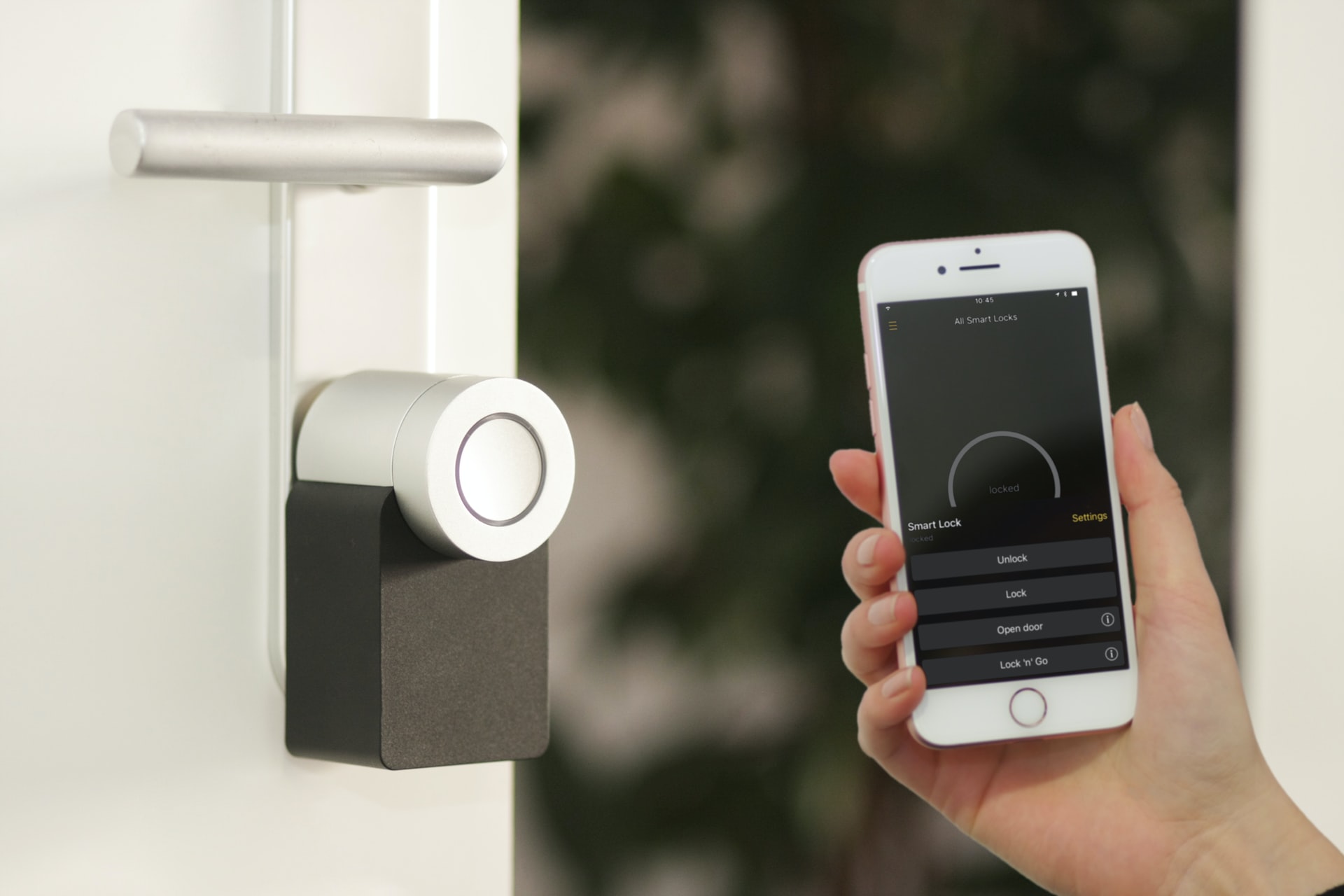
You must connect these systems to a wired or wireless network (LAN, WAN, or internet) in order to function. The system completes the functions via the linked network. As an example, home security systems are based on this embedded system type.
Mobile Embedded Systems
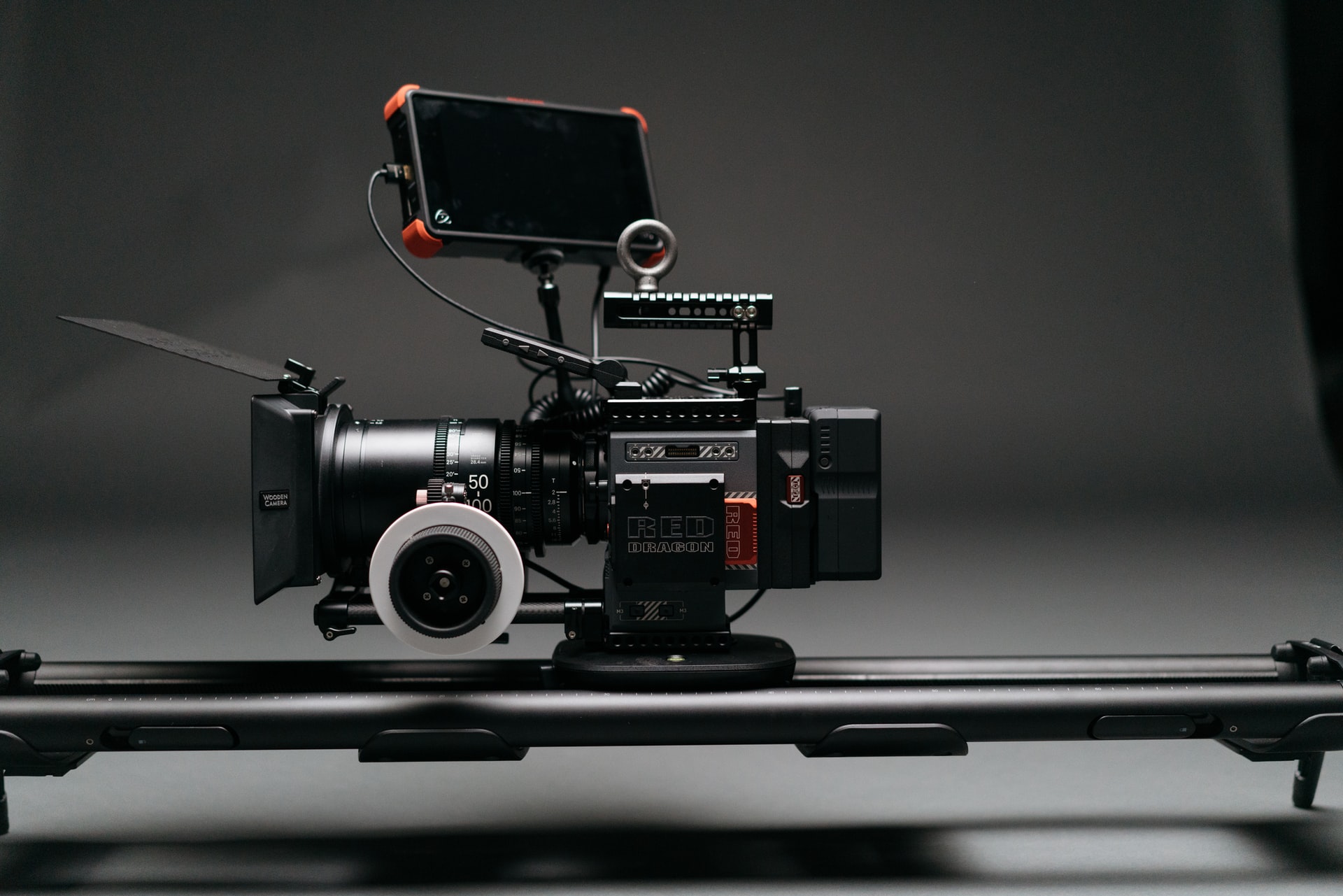
You can use mobile embedded systems for small, portable devices. A disadvantage of this system is that the user interface and the memory are quite limited. These systems are used in, for instance, mobile phones or digital cameras.
Embedded Systems Components
Saying about embedded systems, we can’t avoid hardware topics as it’s one of the most important subjects. Embedded systems can be managed by microcontrollers or digital signal processors, integrated electronic circuits, gate arrays, and graphical processing units. It simply depends on the system you actually build.
For hardware assembly, you’ll need a power supply, microprocessors, peripherals, memory, and an input/output on a board.
Microcontroller Performance-Based Embedded System
On the table below, you can see a clear overview of the differences between the embedded systems based on microcontroller performance:
Small Scale Embedded Systems
Medium Scale Embedded Systems
Sophisticated Embedded Systems/p>
Microcontroller/Processor
Small Scale Embedded Systems
Single 8bit or 16bit
Medium Scale Embedded Systems
16bit or 32bit
Sophisticated Embedded Systems
32bit or 64bit
application-specific instruction set processor (ASIP)
programmable logic array (PLA)
Hardware & Software Complexity
Small Scale Embedded Systems
Low
Medium Scale Embedded Systems
Medium - High
Sophisticated Embedded Systems
High
Tools Required
Small Scale Embedded Systems
Editor, assembler, IDE
Medium Scale Embedded Systems
RTOS, debugger, simulator, IDE
Sophisticated Embedded Systems
various complex tools: may require part-by-part development then a compiler to combine the pieces
Examples
Small Scale Embedded Systems
Printer
Medium Scale Embedded Systems
Washing machine
Sophisticated Embedded Systems
Car braking system
The Most Popular Embedded Hardware Targets
There are already devices on the market that you can use to build your own embedded systems.
Intel Next Unit of Computing (NUC)
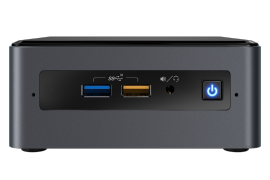
It’s one of the most expensive solutions but the graded performance is what you are paying for. Intel NUC is designed to be a base for the most demanding systems.
Nvidia Jetson
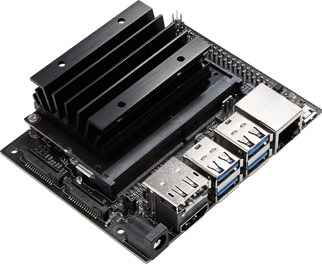
It is a series of tiny, embedded computing boards that contain integrated components. With Jetson, you can build a low-power but effective solution.
Toradex i.MX
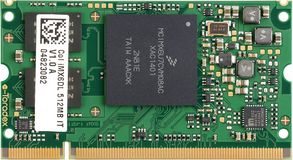
Toradex i.MX is a family of devices. Their approach is to keep many integrated processing units into one die. Toradex recommends these chips for building automotive, industrial, and consumer embedded devices.
Raspberry Pi
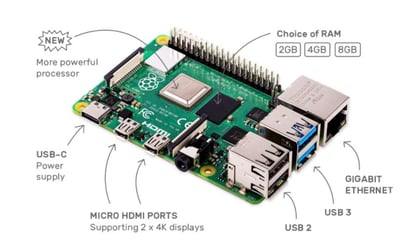
Raspberry Pi is a collection of single-board microcontrollers. Raspberry Pi Foundation, a UK-based charity, created the computer. It is used to teach programming, or build projects for commercial and industrial environments.
Arduino
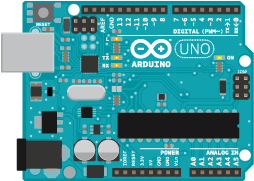
Arduino is a global software and hardware company that provides single-board microcomputers. Their tools are widely used within the IoT and embedded community.
BeagleBoard
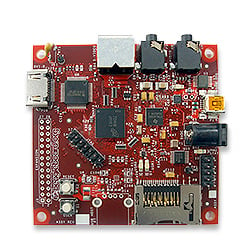
BeagleBoard is a set of single-board microcontrollers that are based on the same open-source Linux software.
Embedded Application Operating Systems
Depending on the chosen hardware, you will have to select an operating system for a device you build. There are two main groups of operating systems for embedded applications:
- Operating System (OS) - software that controls software and hardware resources. It provides a non-deterministic, soft real-time response with no guarantee that a task will complete.
- Real-Time Operating System (RTOS) - systems from this group are not allowed to perform multiple tasks at the same time. They focus on providing a hard real-time response. This makes the RTOS systems very stable.
You can use systems from both these groups in the embedded industry. Let’s take a look at possible variants:
Embedded Linux
Embedded Linux is an operating system that you can use to operate various embedded devices and apps such as smartphones, tablets, or digital assistance devices. As an example, Android was also built on Linux.
QNX
QNX operating system was designed to run on, for example, ARM or x86 embedded platforms. It’s an example of a real-time operating system.
INTEGRITY
This real-time operating system was designed to ensure security, reliability, and performance in embedded applications. INTEGRITY uses hardware memory protection to isolate and protect embedded applications.
VxWorks
VxWorks is a real-time operating system with stable performance, reliability, safety, and security capabilities.
Benefits and Challenges of Embedded Systems
As mentioned before, industries use embedded systems for different purposes. The functionality of the embedded applications may vary but the advantages remain similar in all business types. Embedded systems are budget-friendly and need minimal power to operate. Embedded apps can also run on different devices regardless of the size.
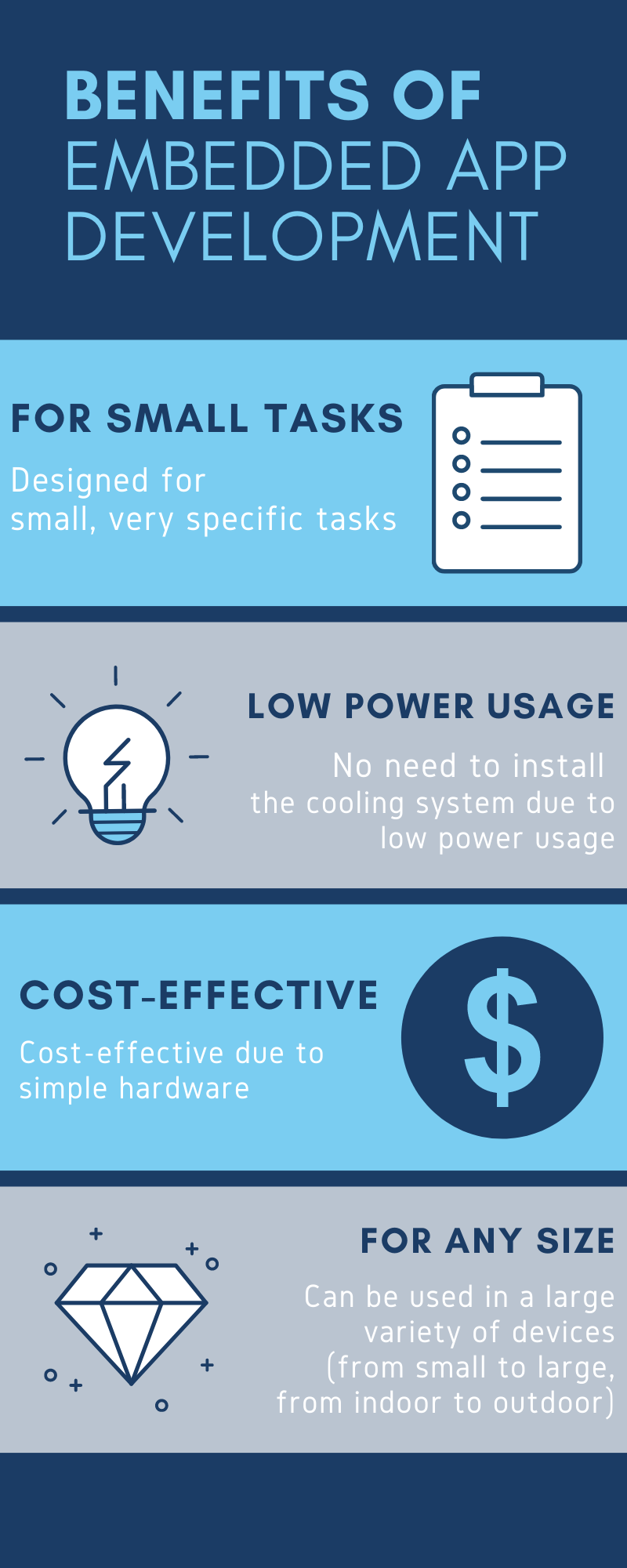 |
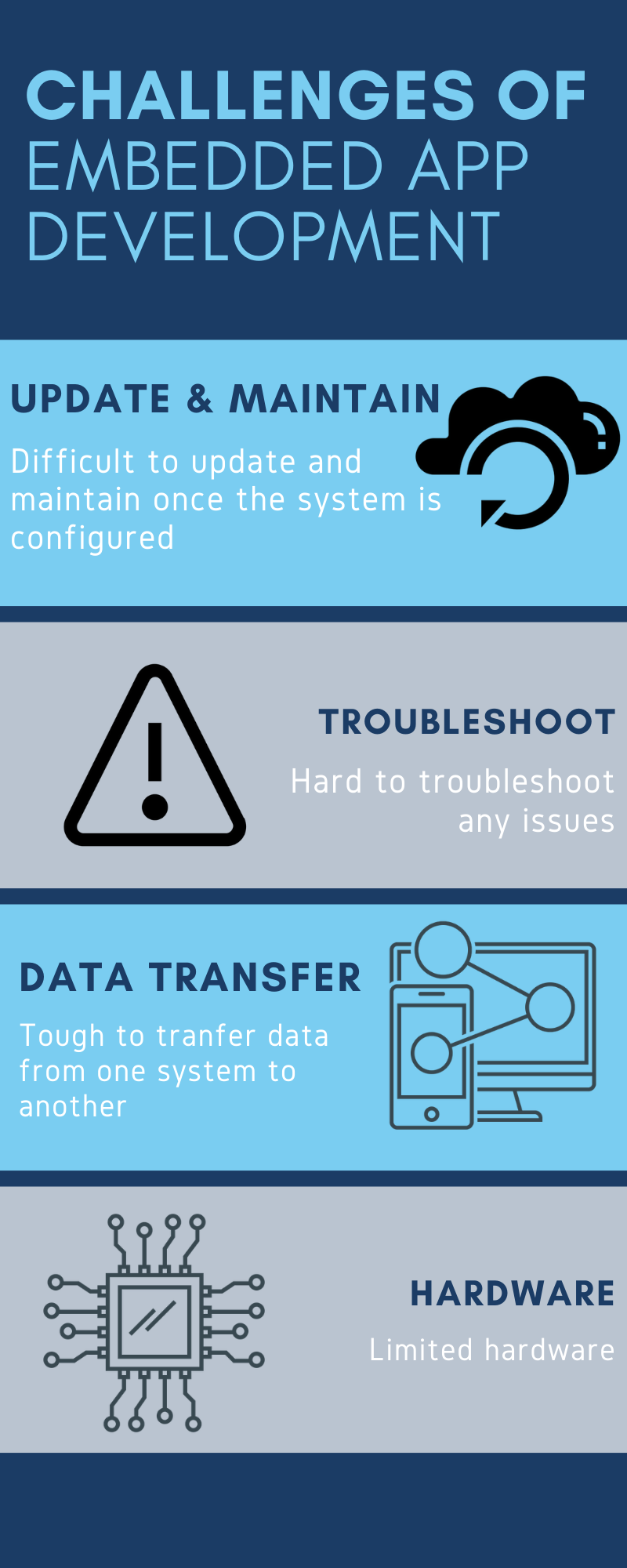 |
On the other hand, the hardware capabilities are very limited. To operate with minimum power, the system has to be very efficient. This results in low performance and makes it harder to build responsive and user-friendly applications.
Troubleshooting and data transfer are also a challenge. When designing an embedded system, only the minimal required subset of network ports or wireless adapters is carefully selected. This makes it hard to transfer data, install apps and debug applications.
To make development and debugging easier, Felgo developed a tool that lets you connect your app and development computer for live updates. QML Hot Reload synchronizes your source code and assets to your device in real-time. Once you connect your embedded app to your computer via wireless or any other port, your code changes will automatically appear on your target device.
Using the same connection, you also get the application output sent directly to the Felgo Live Server on your development machine. As a result, you don’t need to manually find and transfer your application logs if you need to investigate them in detail.
Embedded Software Development
What Is An Embedded Software?
An embedded software controls performance-limited hardware, for example, monitoring devices, machines, or sensors. Embedded software are widely used in industries such as transportation, medicine, manufacturing, or automotive. Devices like touch screen monitors, wearables, and various other advanced controls are built by using embedded software.
The difference between desktop and embedded software development is the purpose of the task they are programmed to do. Computers are used to perform various tasks, while embedded software is built to perform small, very specific tasks on a designated device. Also, in certain cases, developers should consider environmental factors and weather conditions when developing embedded systems.
Languages for Embedded App Development
Let’s also discuss what programming language you will need to know to develop this kind of software.
C, C++
Approximately 95% of smart devices are written using C++ or C (it’s ancestor) languages. The core benefit of using them is the access to low-level system components and effective memory management. The later can be complicated but it also leads to great performance.
QML
QML is a declarative programming language. It allows you to describe what you want to get instead of telling the program how you want to achieve the same. It allows to build intuitive user interface and application logic as well. It's compiled Just-in-Time or Ahead-of-Time and UI rendering is made using C++ renderer. As a result, this language executes efficiently.
Assembly languages
Assembly languages are also widely used, low-level languages designed for easy translation to machine code. It makes this programming language really fast and memory-efficient.
Python
Python programming language is not as powerful as languages already mentioned. Yet, some modern embedded devices have enough memory and a processor efficient enough to use Python. The advantages of Python are writability, error reduction, and readability.
Embedded Software Development Tools
What kind of tools do developers use while coding embedded applications? Let’s take a look at them to know what you can use for this purpose.
Integrated Development Environment (IDE)
IDEs offer a collection of the tools and features, thus developers don’t need to use the tools separately. This will make the entire process a whole lot easier and quicker. The Felgo SDK comes with a powerful and modern IDE called Qt Creator. It offers code editor, drag-and-drop UI designer, debugger, test runner, help browser and version control frontend, all in one place.
Editor
The editor is the base of the embedded software development process. Developers write the source code in editors then save them as text files with language-depending extension.
Debugger
Debugger is a crucial testing tool. The tool checks for bugs, errors, and issues in the source code. It alerts the developers where these problems occur so they can fix the issues as soon as possible. It can be also used to follow application flow and look for bugs in run time.
Source Code Management (Git)
As the name implies, Source Code Management (SCM) is a tool that helps developers to manage their code base, track changes in code lines, and save change history.
Documentation Reader
It’s usually a built-in widget that allows developers to browse through documentation looking for references and help during development.
Emulator / Simulator
You can use an emulator to simulate and test the performance of the code before it gets embedded into the target device. We can also launch the whole application to check user interface, functionalities, and flow.
The Felgo SDK allows you to test applications directly on your development system. Apart from simple Desktop simulation, you can also build and deploy a Live Client app for your project. Once you deploy it to your device, you can reload changes and reduce deployment time from several minutes to a couple of seconds.
Automated Graphic Testing Tools
To ensure that the embedded application is easy to use and meets the user’s expectations, graphic testing is a vital part of the embedded app development process. User interface and user experience can highly affect the popularity of your application. Graphical testing tools are used to ensure that the application is performing according to its planned functionality and help developers reduce the manual repetitive work in the development lifecycle. An example of an automated graphic testing tool is Squish by Froglogic.
Underlying Frameworks (SDKs) for Embedded Applications
Before creating embedded software apps, it’s vital to choose the right tools, technology and development framework for our project as the success of the app can depend on it.
A software development kit (SDK) offers a package of libraries, tools, and functionalities to ease the app development process. These toolkits can be platform-independent or platform-specific and can include various components, add-on features, plugins, and services.
Felgo SDK in the Context of Embedded Development
It’s hard to choose the right SDK to go with during coding. One of the possibilities - which we strongly recommend - is to use Felgo SDK. It’s the real game-changer for embedded developers. Felgo is built upon the Qt framework. Qt is one of the most popular tools for cross-platform development. It’s also commonly used for embedded systems. Qt is written with C++, so all pros of using this language apply for Felgo as well.
Qt is a common choice for embedded system manufacturers and representatives from the automotive industry. Felgo makes Qt even more of a right choice, by adding municipality of tools and components.
How Felgo Supports Embedded App Development?
Hot Code Reload for Embedded App Development
This feature allows you to change your QML & Javascript source code and view the result immediately. This solution allows you to save a significant amount of time during development.
Felgo Cloud Build
Using this feature, you can build your application in the cloud. With Felgo Cloud Build, you don't need to set up local toolchains and sysroot installation. Now you can automate the entire flow from raw source code to your end-users. Learn more about how to use Felgo Cloud Build feature in your project.
Rich User Interface Components
Felgo contains a set of unique controls and visual components, which are not available outside of the framework. Thanks to Felgo, you can make a graphical user interface on your embedded application beautiful in no time! You can also easily manage styles, colors, fonts, and themes used in your project to unify the design.
Qt Creator
Felgo ships a professional & full-featured IDE, extending Qt Creator known for Qt developers. It allows writing code with code-completion, side-by-side with the visual, drag-and-drop UI designer, debugging, running tests, browsing help and version control, all in one place.
Analytics, Telemetry
The lifecycle of software projects doesn’t finish with the first release. To succeed, you need to constantly follow your users and get to know how they use your application. With Felgo, you can access powerful analytics tools to analyze user behavior and improve the user experience. You can also draw product roadmap conclusions. With Telemetry, you can access remote data from sensors and behavior-driven actions.
Over the Air Updates (OTA)
After the embedded system was shipped to a customer, it’s hard to get access to the system and to update the software. Felgo allows you to replace existing software with an updated version remotely.
Artificial Intelligence & Augmented Reality
The time of simple embedded systems has already passed. Now customers are more eager to get more usable devices with plenty of features. To meet this requirement, Felgo provides access to not-obvious components that take users' experience to another level.
Reusable Code
Reusable code is one of the biggest advantages of embedded app development with Felgo. You can reuse your code for desktops, mobile devices, and web with almost the same codebase.
Key Takeaway
Let’s look at the most important takeaways of embedded systems and embedded app development.
Embedded app developers face constant challenges due to the fact that apps are now expected to run not only on current but also future hardware. Embedded apps are also required to be easily maintainable, editable, and implementable.
You can find real-life examples of embedded applications within industries like automotive, healthcare, or home electronics.
The reason why so many different industries pick embedded systems as their technology of choice is that these embedded applications can be designed to perform very small and specific tasks. The apps are also cost-effective and can be used in a wide variety of devices.
Last but not least, let’s take a final look at why so many companies from different industries choose Felgo to develop their embedded applications.
Felgo offers a wide range of professional services for embedded development. Clients can choose from personalized training and workshops to a full team of experts for hire. With Felgo SDK, you have access to tools and services like existing components, supported 3rd party platforms, reusable code and many others.
Find out how Felgo can be at your services whether you are a professional app developer or an enterprise looking for embedded development services.
Related Articles:
Mobile App Design for The Perfect UI in 2020?
How to Soft Launch Your App in the App Stores
3 Practical App Development Video Tutorials
Best Practices of Cross-Platform App Development on Mobile
Demo Videos:
Amazing UI with Felgo Controls, APIs and Qt3D on Embedded Linux
Continuous Integration and Delivery (CI/CD) for Qt and Felgo Applications
Watch the "QML Hot Reload: The real-time revolution" Webinar
Read More:
The Ultimate Guide to Responsive Design for Multiple Screen Sizes
Firebase QML Tutorial: How to Create Android and iOS App

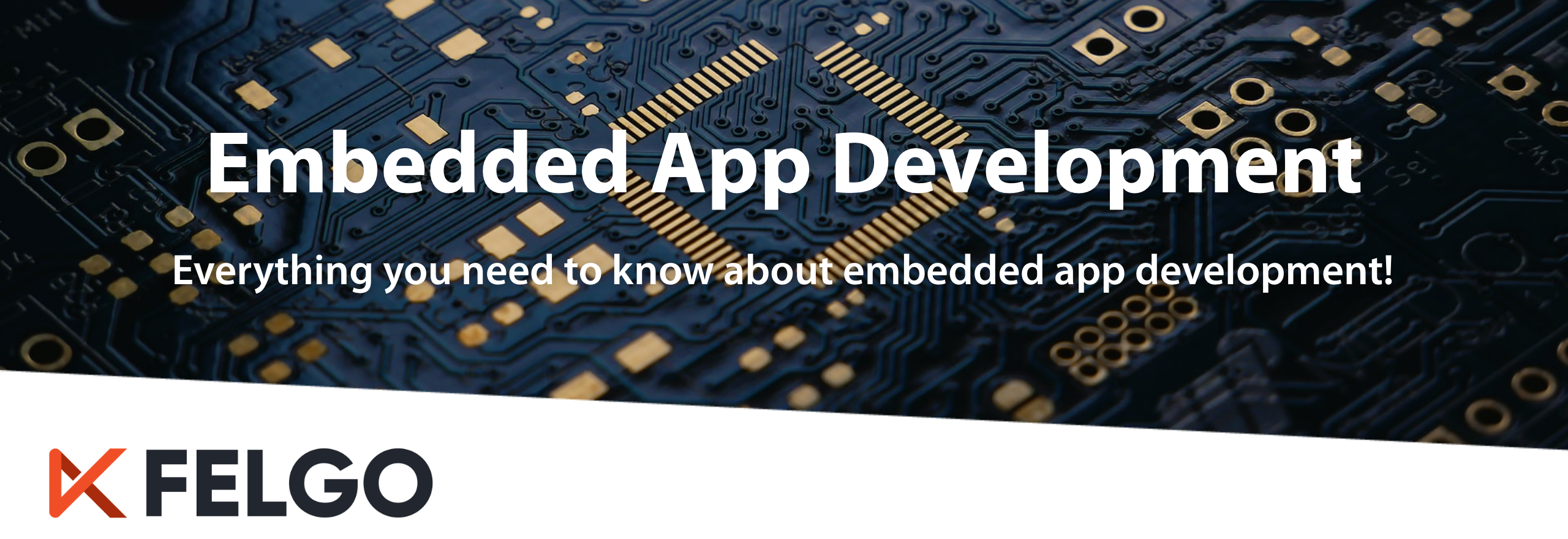


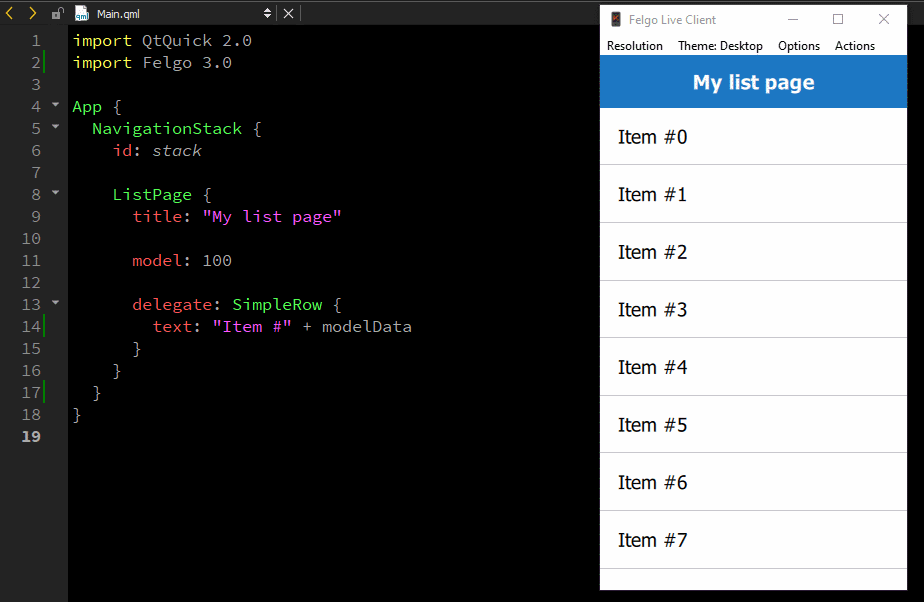
.jpg?width=1180&name=image5%20(1).jpg)

